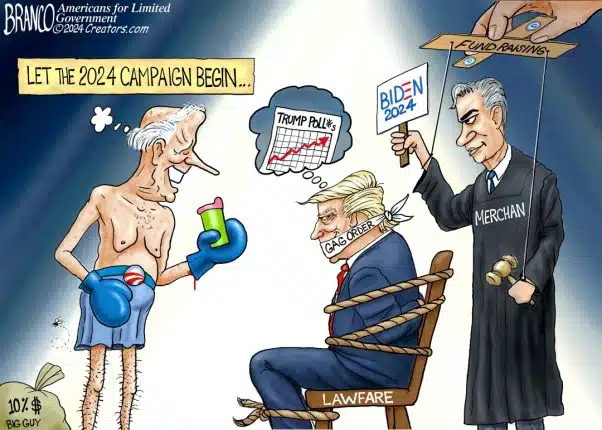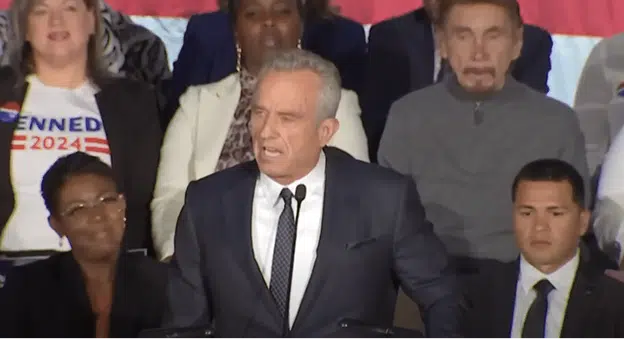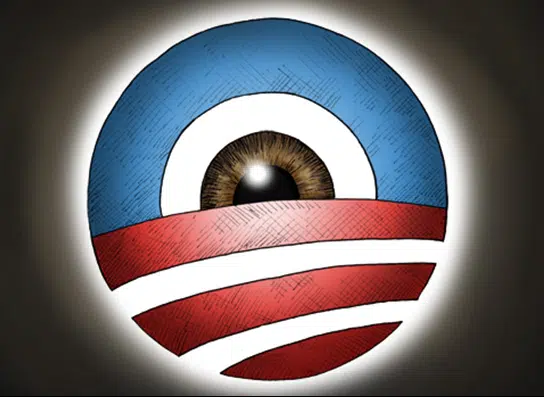Republican Sen. John McCain on July 11 joined forces with freshman Democrat Sen. Elizabeth Warren to propose reinstating Depression-era separation between commercial and investment banking, known as Glass-Steagall, and a 1956 limitation on bank involvement in insurance business.
For McCain, this is certainly nothing new. He had worked with Democrat Sen. Maria Cantwell in 2009 and 2010 during the debate over Dodd-Frank to attempt to do the same exact thing. The amendment was withdrawn from consideration before it could get an up or down vote.
The 1999 repeal of Glass-Steagall in Gramm-Leach-Bliley law is thought in some quarters to have contributed to the financial crisis by allowing savings deposits to then be used in investment banking and insurance to satisfy capital requirements. This in turn helped provide the capital megabanks needed to blow up the credit bubble in the 1990s and 2000s that almost wrecked the economy when it popped.
And maybe it did. But that does not tell the entire story by a long shot.
Most forget that the Glass-Steagall repeal almost did not occur. The hold-up? Concerns by the Clinton White House and congressional Democrats such as Senators Chuck Schumer and Chris Dodd over the Community Reinvestment Act (CRA), as chronicled by the New York Times’ Stephen Labaton in 1999.
The White House “wanted the legislation to prevent any bank with an unsatisfactory record of making loans to the disadvantaged from expanding into new areas, like insurance or securities.”
When all was said and done, the final agreement provided that “no institution would be allowed to move into any new lines of business without a satisfactory lending record.”
In other words, Democrats were okay with rolling back Glass-Steagall — the banks, investment houses, and insurance companies could merge — so long as low-income lending programs would be expanded.
And with the prospect of new bank mergers on the horizon, community groups like the National Housing Institute were busy outlining plans for using the impending mergers to leverage CRA commitments from the new megabanks.
In 2000, CRA loans totaled $135 billion, according a Department of Treasury report required by Gramm-Leach-Bliley. By 2007, CRA commitments from banks totaled $4.5 trillion, according to research by American Enterprise Institute’s Edward Pinto. This facilitated the production of 26.7 million risky, non-traditional mortgages — like subprime and Alt-A.
Wall Street investment houses had their hands in this market, but it paled in comparison to Government Sponsored Enterprises (GSEs) Fannie Mae and Freddie Mac, the Federal Housing Administration (FHA), and other federal agencies, which owned or guaranteed 70 percent of these risky loans, according to Pinto’s research.
Pinto traced the housing bubble to federal government policies to foster home ownership to low-income Americans who, it turns out, could not afford the loans they were taking out. Specifically, it was HUD that imposed so-called “affordable housing goals” on Fannie and Freddie, which rose from 30 percent in 1993 to 56 percent by 2008. Also, the FHA helped to weaken lending standards, expanding government-held loans with down payments of 3 percent or less from $7 billion 1991 to over $174 billion in 2007, $160 billion of which were held by the GSEs.
By 2008, Fannie and Freddie held $1.835 trillion in higher-risk mortgages and mortgage-backed securities: $1.646 trillion, were GSE-issued mortgage-backed securities, and $189 billion of subprime and Alt-A private mortgage-backed securities, Also, because of the implicit backing of taxpayers, Pinto notes that the GSE-issued securities were automatically granted AAA bond ratings, and the GSEs were even able to misrepresent the quality of mortgages that underlined those securities.
Such leverage was made possible by congressional passage of the GSE Act of 1992, which established Fannie and Freddie’s capital requirements. Writes Pinto, “The GSEs only needed $900 in capital behind a $200,000 mortgage they guaranteed — many of which by 2004-2007 had no borrower downpayment. In order for the private sector to compete with Fannie and Freddie, it needed to find ways to increase leverage.”
McCain is well aware of all of this. It was he who had offered the amendment to Dodd-Frank that would have unwound Fannie and Freddie, requiring that the government conservatorship be ended within 30 months, and then either be liquidated, or rendered solvent and selling off much of their portfolios. After a period of three years, the GSEs’ federal charters would have expired. It would also have repealed the “affordable housing goals” imposed on the GSEs by the federal government.
He voted against Dodd-Frank because it did nothing about the GSEs, which he called “the prime reasons for this financial meltdown.” How dare they call it financial reform, he said, without dealing with Fannie and Freddie.
McCain knows some 70 percent of the risky mortgages in the crisis were owned or guaranteed by the GSEs. That without the CRA loans being pushed through the Gramm-Leach-Bliley mergers plus the “affordable housing goals” enabling Fannie and Freddie to provide liquidity for the market, there likely would not have been a financial crisis.
And that, even if Glass-Steagall had never been repealed, that might not have stopped Fannie and Freddie from accumulating the mortgages and blowing up the bubble anyway.
Which leads a reasonable person to ask: Has McCain forgotten everything he said in 2010? There may yet be hope. In his floor speech in support of the new Glass-Steagall on July 11, he acknowledged that the new bill “may not end ‘too big to fail’ on its own,” alluding that more needs to be done.
And more may need to be included for his proposal to achieve support. Every single Senate Republican voted for his Fannie-Freddie proposal in 2010. But his Glass-Steagall provision could not even get an up-or-down vote even with Democrats in control of the Senate. To get it done this time, he and his colleague, Elizabeth Warren, may need Republican votes.
McCain might have a chance to rally true bipartisan support for his plan by including his Fannie and Freddie amendment. Coupled with eliminating the CRA lending requirements that were imposed on the banks through Gramm-Leach-Bliley, McCain could establish a personal legacy of having truly cleaned up the banking mess.
Otherwise, this may just be another missed opportunity to reform the financial system.
Robert Romano is the Senior Editor of Americans for Limited Government.








